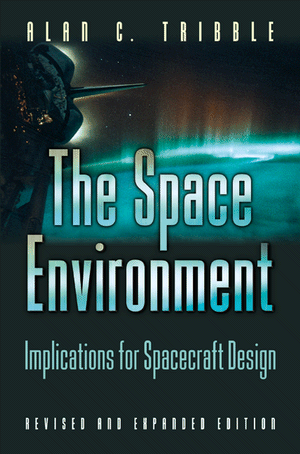This book successfully bridges the divide between space physicists’ and the spacecraft designers’ view of the space environment.
-
This text provides a comprehensive introduction to the subject of contamination control, with specific applications to the aerospace industry.
Dr. Tribble draws upon his many years of experience as a practicing contamination control engineer and teacher, providing insight on methods to quantify the cleanliness level required by various contamination-sensitive surfaces, predict the end-of-life contamination level seen by those surfaces, and identify the contamination control techniques required to ensure mission success.
All facets of the space environment are presented, as categorized in the five main chapters of the book: vacuum, neutral, plasma, radiation, and micrometeoroid/orbital debris. Intended as a handy reference for practicing aerospace engineers, The Space Environment also serves as a suitable text for courses. It refers to the various computer codes used throughout the industry and provides examples to illustrate the application of the concepts discussed.
What They’re Saying
-
There is, to my knowledge, no other book that provides its intended readership with as comprehensive and authoritative, yet compact and accessible, coverage of the subject of spacecraft environmental engineering.
 James Van AllenSpace Pioneer
James Van AllenSpace Pioneer -
This book successfully bridges the divide between space physicists’ and the spacecraft designers’ view of the space environment. It is a much needed and timely book with quite simple theoretical discussions… It is a valuable introduction to the subject of both scientific and practical importance.
M. J. RycroftJournal of Atmospheric and Terrestrial Physics
Take the Course
See Dr. Tribble’s Professional Development course schedule if you’d like to take the 2 or 3 day course. In addition, the text is used in regular courses taught at the following colleges and universities:
- United States Naval Academy
- University of Southern California
- University of Tennessee Space Institute
- Penn State
- Utah State University
- Embry Riddle Aeronautical University
Ordering the Book
In addition to the sources below, the book may be ordered at most local book stores.
The Space Environment: Implications for Spacecraft Design, ISBN-13 978-0691102993
Princeton University Press
8:30 a.m. – 8 p.m. Eastern Time
(800) 777–4726 toll-free within the United States and Canada
(609) 883–1759 outside the United States and Canada
